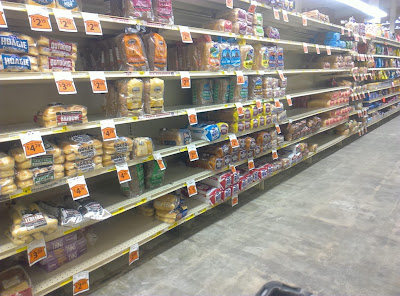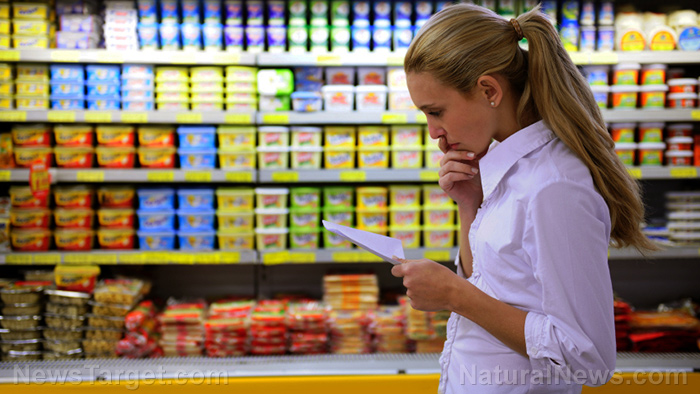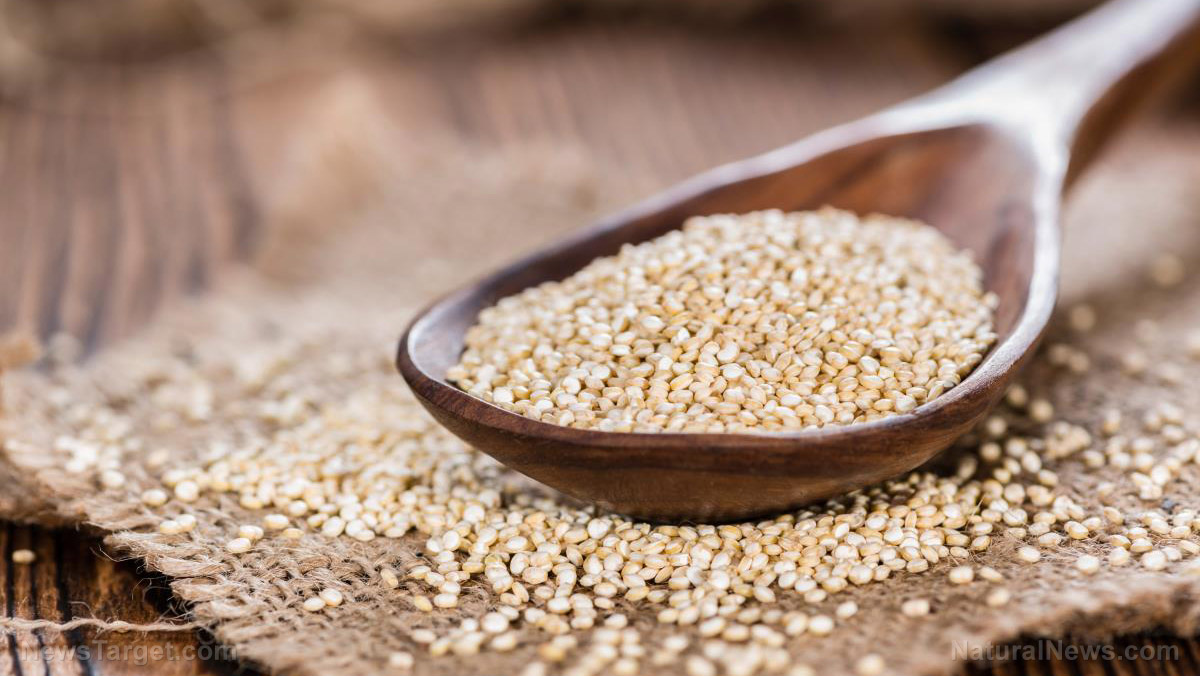China faces surge in food prices ahead of Lunar New Year due to lockdowns
02/01/2021 / By Divina Ramirez

The Chinese government is under pressure over rising food prices ahead of Chinese New Year festivities, with a combination of new outbreaks and a colder than usual winter straining supplies.
Meat, vegetable and oil prices have risen in recent weeks as families across China prepare to celebrate the most important event of the year. Economists suggested the increase was partly driven by new outbreaks of the coronavirus in provinces, leading authorities to enforce lockdowns that disrupted the supply chain.
Food prices were already high due to an extremely cold winter last December. In Beijing, a mega-city of over 21 million people, vegetable prices spiked after a number of cities in Hebei province went under lockdown.
Cabbage, for instance, is one of the cheapest vegetables in China and is available in the winter. It costs 20 cents yuan ($0.03) per pound. But the price of cabbage rose dramatically last December due to an extremely cold winter that made it difficult to plant leafy vegetables. Cabbage now costs four yuan ($0.62) per pound.
Moreover, the price of eggs has also doubled. It went up from only two to four yuans ($0.31–$0.62) per pound to five to eight yuans ($0.77–$1.23) per pound last month.
Prices for other staples like celery, eggplant and daikon radish are also roughly double compared to their prices this time last year. The price of pork also rose to 46 yuans ($7.09) per pound despite a rise in production.
But with authorities urging people not to travel to their hometowns for the celebration on Feb. 11, people might have little to no choice but to purchase their staples at such exorbitant prices. “[We] still have to eat, who’s going to do without vegetables?” said a woman who was shopping in a supermarket in central Beijing.
Meanwhile, one user said in a post on the Chinese microblogging site Weibo that authorities should control the prices of vegetables first before asking people to stay in Beijing for the holiday.
Recent outbreaks partly driving surge in food prices
On Monday, Jan. 18, Xinle city in Hebei announced that all supermarkets, grocery stores and other shops must close. The city’s 500,000 residents were also prohibited from leaving their homes.
Residents were kept in the dark as local authorities neither gave a reason for the lockdown nor announced new COVID-19 cases in the area.
One user on Weibo claimed in a now-deleted post that the lockdown was due to a recent outbreak at Xinle Chinese Medicine Hospital where several medical staff and patients were infected with the virus. The user claimed that authorities failed or neglected to announce the news.
Meanwhile, a worker at a local hotel near the hospital told the Chinese-language Epoch Times that the building was being used to serve healthcare workers who arrived from other cities to assist in treating local COVID-19 patients. One worker at a different hotel said his venue was converted into a quarantine center days prior.
On the other hand, the neighboring provinces of Shanxi and Shaanxi haven’t announced new infections in days despite being bordered by Hebei. But one Shanxi resident said local authorities were going around and forcibly taking people away to be quarantined if they were suspected of carrying the coronavirus.
The man added that people were required to take several COVID-19 tests with their own money. They were not allowed to buy medicine for treating colds and coughs as well unless they showed a negative test result. But the price of one test is 120 yuans ($18.48), which is a large sum considering the rising prices of food.
Another local living in the Shunyi district of Beijing said that authorities were taking away anyone who showed symptoms similar to COVID-19 to be quarantined. (Related: Chinese citizens decry draconian lockdown measures in China’s newest coronavirus hotspots.)
Follow Pandemic.news for more articles with updates on the coronavirus pandemic.
Sources include:
Tagged Under: coronavirus, covid-19, economy, famine, food independence, food inflation, food scarcity, food science, food supply, high food prices, Inflation, pandemic
RECENT NEWS & ARTICLES
COPYRIGHT © 2017 FOOD SUPPLY NEWS





















